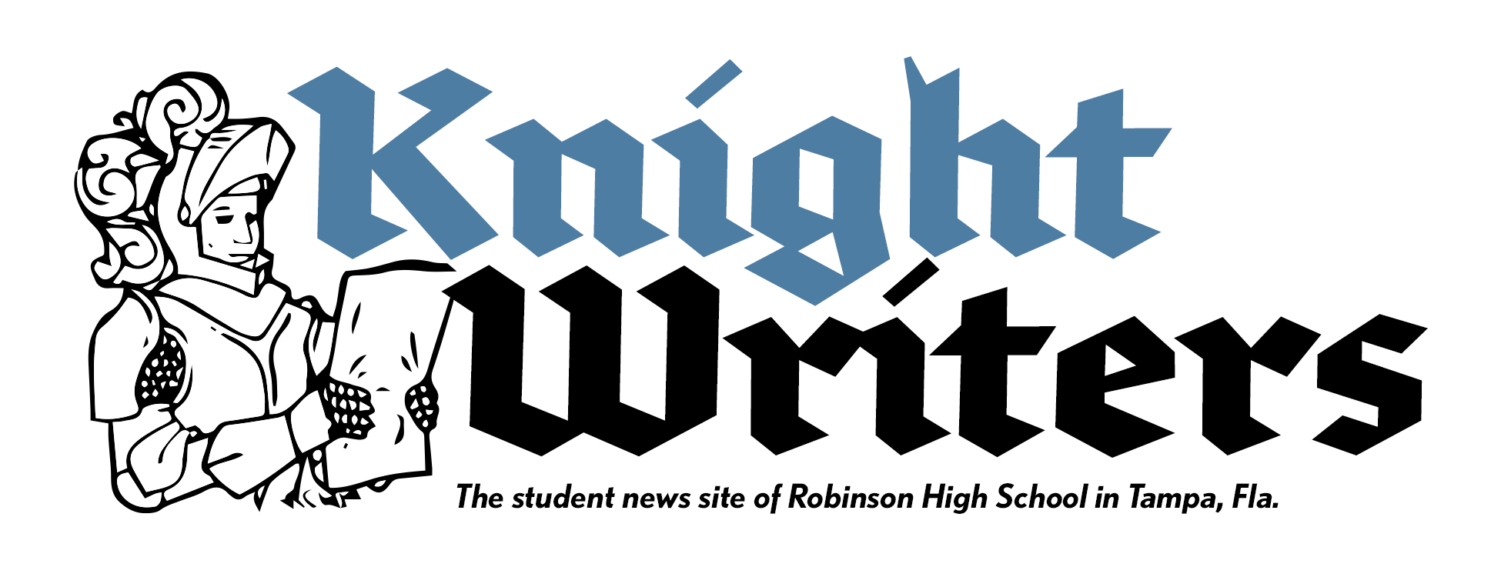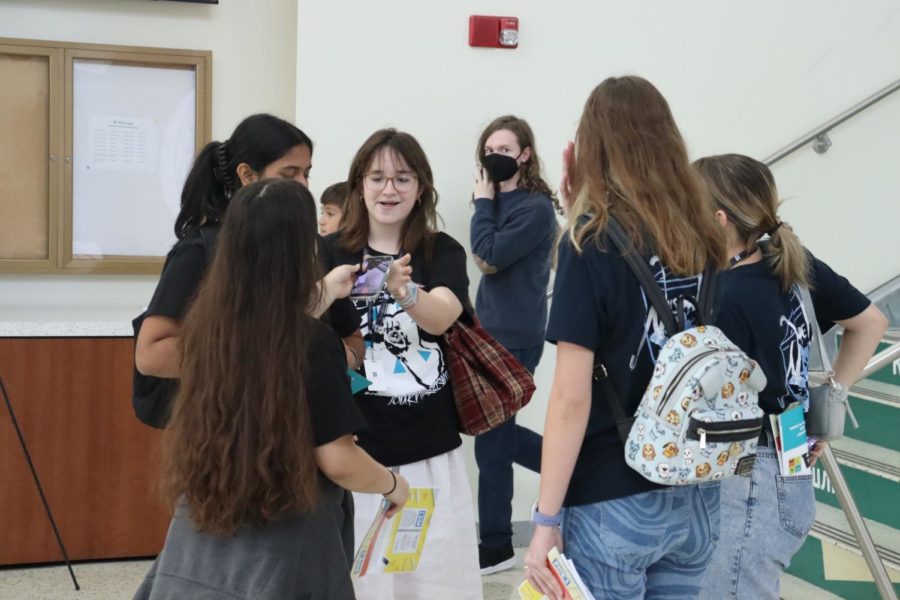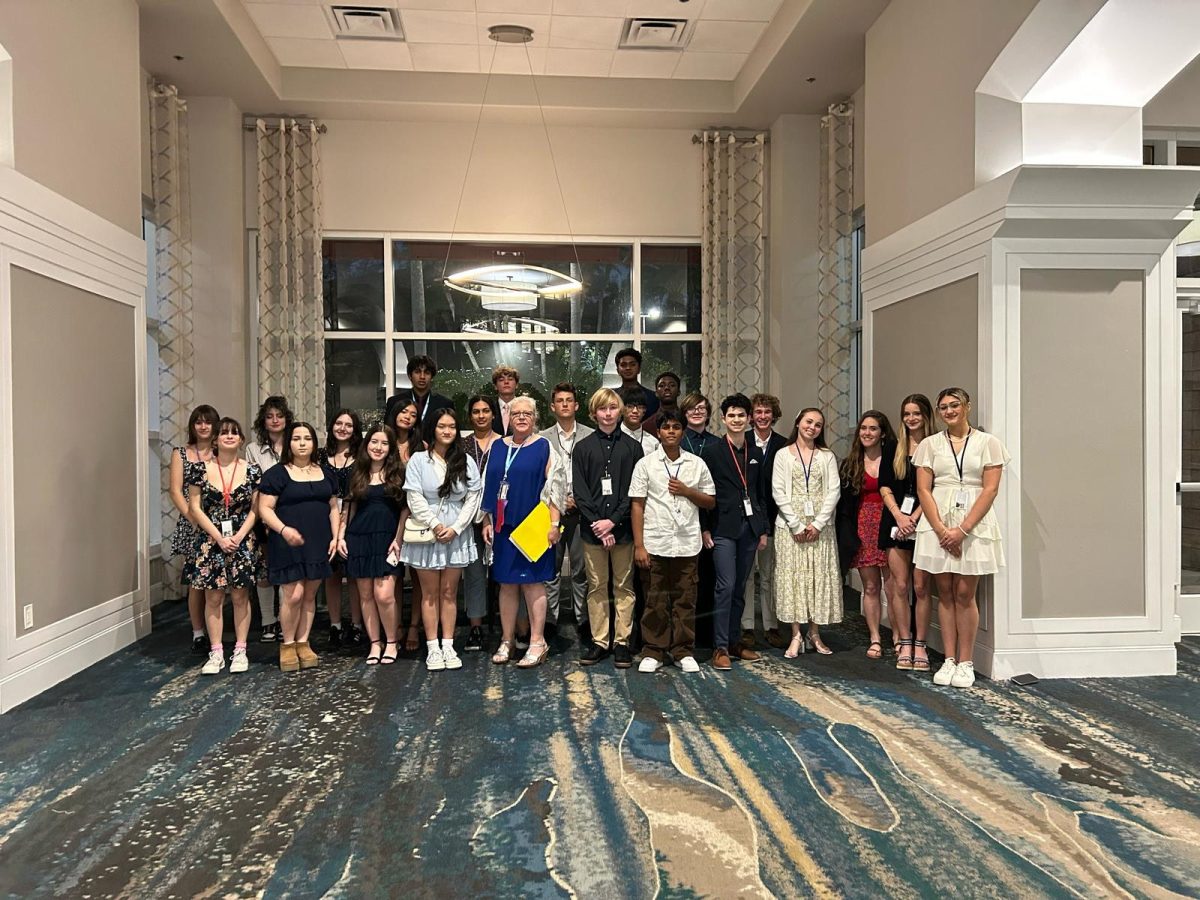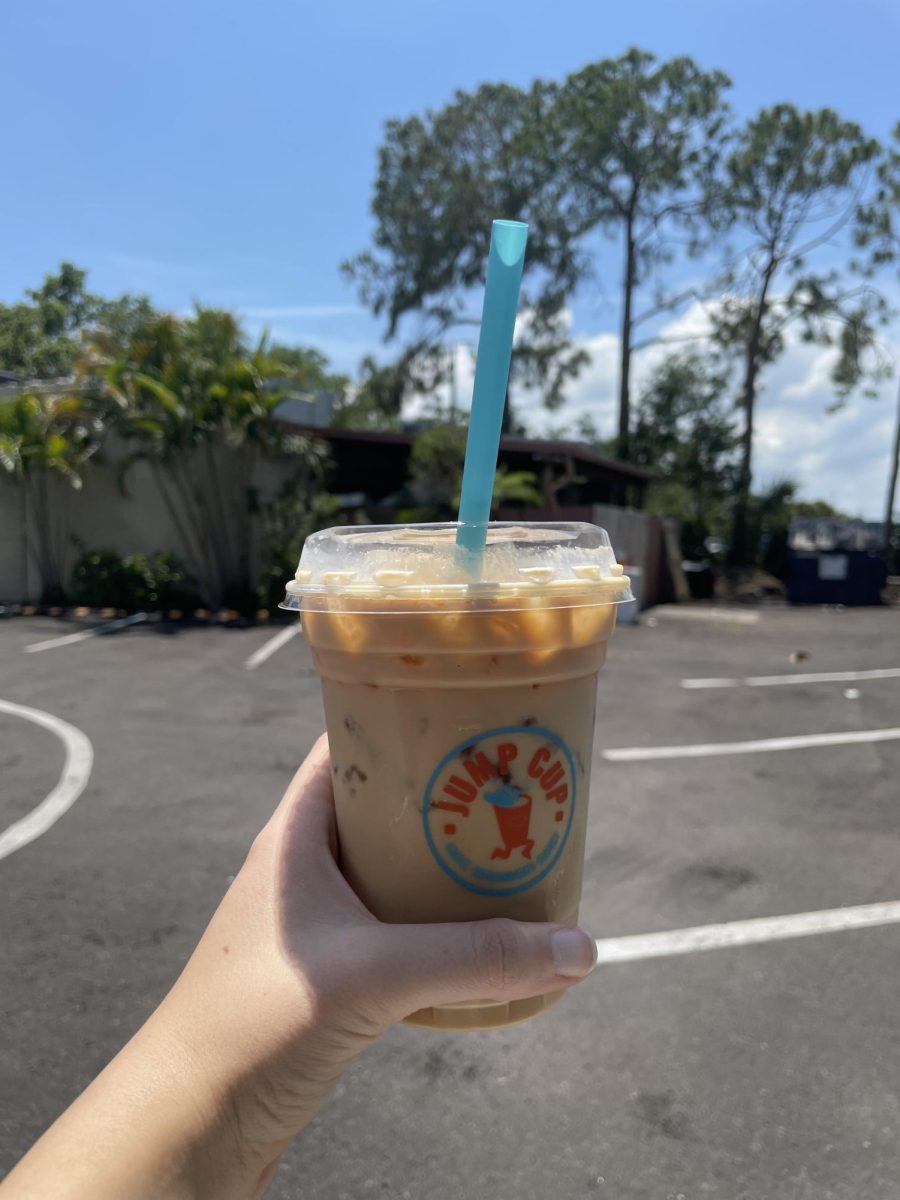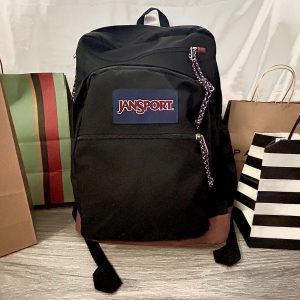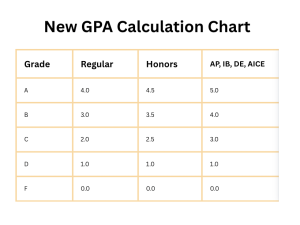FSPA Fosters Collaboration of Media Outlets
FSPA District 4 workshop encourages student media outlets to collaborate.
Photo Chelsea Scott
Knight Writers staff gather in a circle at the beginning of FSPA.
November 8, 2022
Editor’s Note: The following story was created as an entry for the FSPA District 4 Workshop On-The-Spot news writing contest. It won first place.
Come November, most high school journalism students in District 4 know that the FSPA District workshop is upon them. Many high school publications, broadcast networks and yearbooks come together to learn in tandem and compete in “on-the spot competitions.”
While working and learning together, many media outlets are encouraged to combine their respective skills and attributes to create journalistic pieces.
“I think it’s really one of the only places where we see media outlets working together…when you’re in high school, one of the only places you’ll be able to gather is at an event like FSPA,” FSPA District 4 Director Julia Pappacoda said.
Pappacoda’s attempt to provide a place for student media outlets to collaborate didn’t go unnoticed by the student journalists themselves.
“I feel that FSPA is encouraging news outlets to work together by really providing an environment [for] students to come together, and not just students, but individuals to come together, so they can get a new outlook on things,” Jadyn Elijae Brown (’24) from Raider Television said.
The benefits of this collaboration of media outlets, even at such an infantile stage in one’s journalistic career, helps make journalistic pieces more unique and evolved.
“I feel like you can always get some fresh new ideas, and like [think of] stories that you never thought to do and put a [unique] spin on,” Mae Chom (’23) said from Blue and White News. “It just makes you…think outside the box.”
The fusion of different elements of media outlets into journalistic pieces also helps organizations reach a wider audience and engage with a greater number of people.
“Last year, my particular school [Gaither High School], had a student who wrote a particular piece, from convention and did one of the contests and then we did the broadcast equivalent,” Pappacoda said. “We were able to post on all of our social media and get viewers and we had more interaction with our student body because we had the multiple platforms providing the same information.”
The scope of journalism, however, extends outside of the walls of whatever building is used to host the annual FSPA District 4 workshop, and is able to influence how the public perceives real-world events. The collaboration of media outlets allows for a greater influence of the public opinion.
“I think it definitely helps, because, if I hear something in a video, and I’m still…wondering more about it, being able to go to that article and being able to go the more in-depth version of what I heard on the radio or TV or whatever, makes me feel like I’m more qualified to know something,” Pappacoda said.
With the modernization of the world and the increased prevalence of social media and non-traditional media platforms such as TikTok, Youtube, Instagram, Facebook, etc., are grasping a wider share of the public attention which gives traditional media organizations a dire task: modernize to survive.
“I feel it’ll [incorporating elements of modern media platforms] help them [traditional media outlets[ survive by just giving them a wider market,” Brown said. “You have media outlets like this [traditional media outlets] where you used to have to [print] a newspaper and go with stuff like that, but now you have platforms like Pinterest, YouTube and Facebook…I say those are media outlets.”
